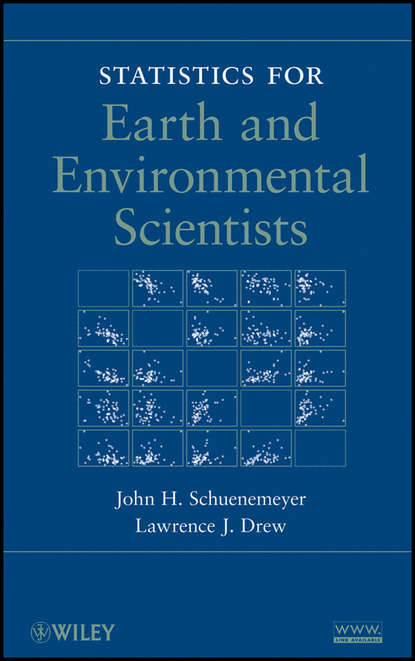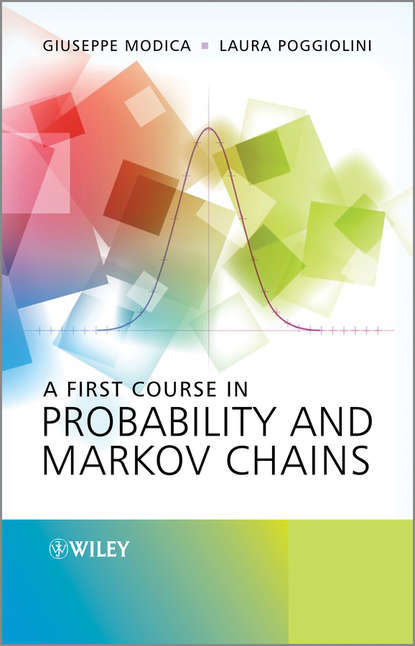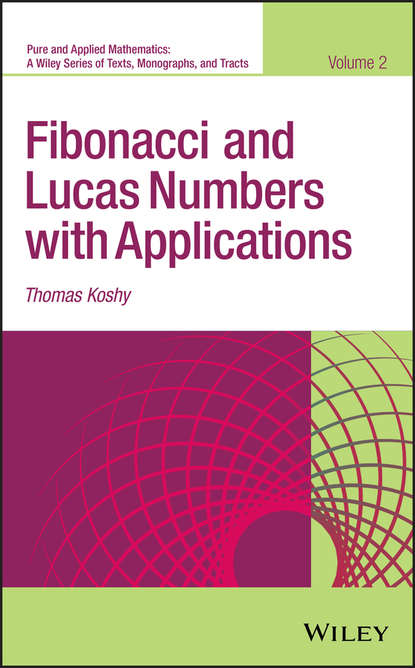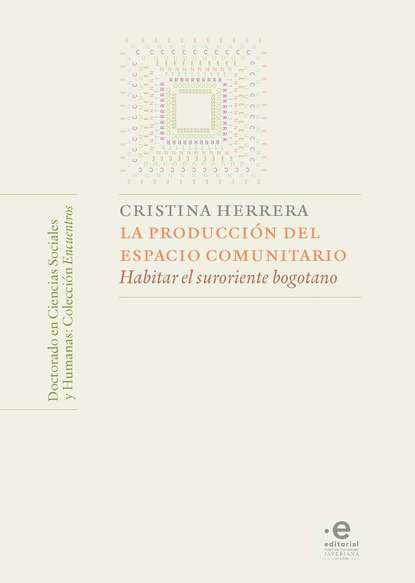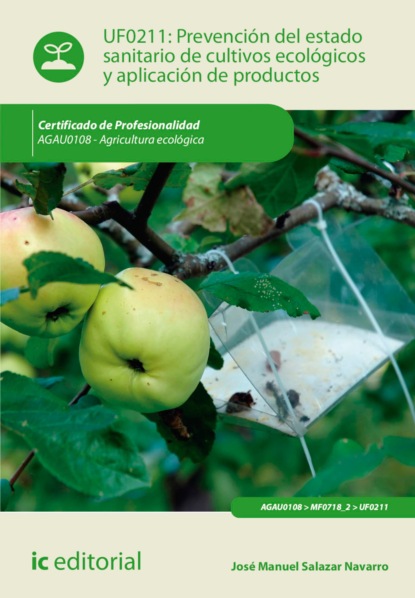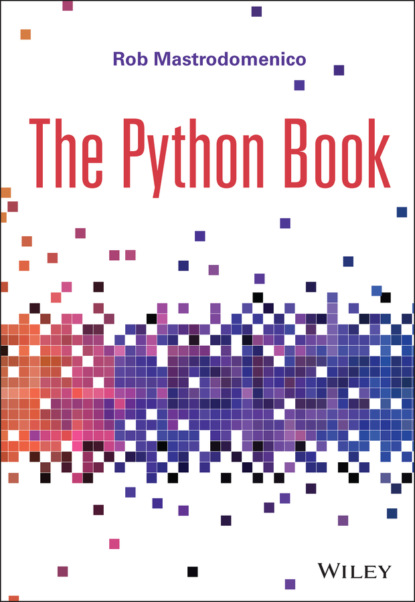"Statistics for Earth and Environmental Scientists" (Статистика для ученых-экологов и землеведов) - это обширное изложение статистических методов, применяемых для решения реальных проблем в области экологии и землеведения. В книге рассматриваются сложные задачи, с которыми сталкивается современное научное сообщество, такие как оценка запасов необновляемых энергоресурсов, изучение изменения климата и управление использованием водных ресурсов. Авторы представляют несколько статистических подходов к решению проблем в области экологии, включая байесовские и непараметрические методы.
Книга начинается с введения в типы данных, оценку данных, моделирование и оценку случайных вариаций и выборок, что исследуется на примерах из реальной научной практики. В последующих главах рассматриваются принципы моделирования и основные методы и техники анализа научных данных, включая интервальную оценку, методы анализа гипотез о средних значениях, временные ряды, пространственную статистику, многомерный анализ, дискретные распределения и экспериментальное проектирование.
Большинство статистических моделей вводится через концепции и приложения, представленные в виде уравнений и сопровождающиеся эвристическим обоснованием, а не формальным доказательством. Анализ данных, построение моделей и статистический вывод подчеркиваются на протяжении всей книги, и читатели призываются собирать свои собственные данные для включения их в упражнения в конце каждой главы. Большинство наборов данных, графиков и анализов вычисляются с помощью R, но могут быть использованы с любым статистическим программным обеспечением.
"Statistics for Earth and Environmental Scientists" - отличная книга для курсов по количественным методам в геологии, географии, природных ресурсах и экологических науках на уровне старших курсов бакалавриата и магистратуры. Она также является ценным справочным пособием для ученых-экологов, геологов, гидрологов и экологических статистиков, которые собирают и анализируют данные в своей повседневной работе.
В этой книге исследуются статистические методы решения реальных экологических проблем, например, как оценить запасы оставшихся невозобновляемых источников энергии, изучит тенденции человека на природную среду, пережить изменения климата и управление использованием водных ресурсов. Эта книга является хорошей основой для курсов по количественным методам в геологии, географии, естественных ресурсов и экологических исследований для студентов старших курсов и докторантов.
This comprehensive treatise on statistical applications is invaluable for environmental scientists, in charge of solving a wide variety of real world issues. Various complex and inter-related issues confront the current Earth Science community today, as these range from figuring out the finite supply of non-renewable resources of energy prevailing in our environment today till identifying the effects of human actions upon the environment and analysing climate variations and managing effective utilization of water among them. Incorrect collection and study of actual figures by means of statistical procedures does make considerable contributions towards resolving these woes and accounting for added errors and uncertainties. This book demonstrates the major statistical concepts accessible by way of feasible analytical devices and explains how to connect them to reality based problems. Ranges of diverse conventional forms involve achieving geoscientists with this book broaching features of numerous statistical procedures. These include non-parametrical strategies and Bayesian ways. Unfortunately for those new to this subject, the author hardly uses a traditional logical approach in a background showing many of the mushrooming styles. Rather, they present many treatments by direct explanation and skipping rigorous correspondences. One fortunate result of this approach is that most students will be able to navigate through perhaps large parts of the book with fair exertion and enter lines of thought without frustrating uncertainty. There are numerous problem-solving realities that still require further groundings and added texts but, this provides enough accessibility to actually get you excelling. A website associated within this publication is especially related and gets students even more observations and source code for real examples illustrated in the general tome. Of course, even if some of the approaches covered by this text might seem odd it can still be nearly always extremely useful to work through some truly challenging exercises as an analytical quilt.
Электронная Книга «Statistics for Earth and Environmental Scientists» написана автором Schuenemeyer John в году.
Минимальный возраст читателя: 0
Язык: Английский
ISBN: 9780470650899
Описание книги от Schuenemeyer John
A comprehensive treatment of statistical applications for solving real-world environmental problems A host of complex problems face today's earth science community, such as evaluating the supply of remaining non-renewable energy resources, assessing the impact of people on the environment, understanding climate change, and managing the use of water. Proper collection and analysis of data using statistical techniques contributes significantly toward the solution of these problems. Statistics for Earth and Environmental Scientists presents important statistical concepts through data analytic tools and shows readers how to apply them to real-world problems. The authors present several different statistical approaches to the environmental sciences, including Bayesian and nonparametric methodologies. The book begins with an introduction to types of data, evaluation of data, modeling and estimation, random variation, and sampling—all of which are explored through case studies that use real data from earth science applications. Subsequent chapters focus on principles of modeling and the key methods and techniques for analyzing scientific data, including: Interval estimation and Methods for analyzinghypothesis testing of means time series data Spatial statistics Multivariate analysis Discrete distributions Experimental design Most statistical models are introduced by concept and application, given as equations, and then accompanied by heuristic justification rather than a formal proof. Data analysis, model building, and statistical inference are stressed throughout, and readers are encouraged to collect their own data to incorporate into the exercises at the end of each chapter. Most data sets, graphs, and analyses are computed using R, but can be worked with using any statistical computing software. A related website features additional data sets, answers to selected exercises, and R code for the book's examples. Statistics for Earth and Environmental Scientists is an excellent book for courses on quantitative methods in geology, geography, natural resources, and environmental sciences at the upper-undergraduate and graduate levels. It is also a valuable reference for earth scientists, geologists, hydrologists, and environmental statisticians who collect and analyze data in their everyday work.
